That moment when you catch your cat staring at you with those intense, unblinking eyes can feel both mesmerizing and slightly unnerving. It’s as if they’re seeing something you can’t, peering directly into your soul with an otherworldly wisdom. This behavior has captivated humans for centuries and sparked countless theories about what our feline companions are truly thinking.
From ancient civilizations that worshipped cats as sacred beings to modern pet owners trying to decode their cat’s mysterious gaze, this silent form of communication remains one of the most fascinating aspects of feline behavior. Science has finally begun to unravel the secrets behind these penetrating stares, revealing a complex world of communication, biology, and evolutionary adaptation. Let’s dive into the remarkable science behind why cats stare and what they’re really trying to tell us.
The Evolutionary Blueprint Behind the Stare
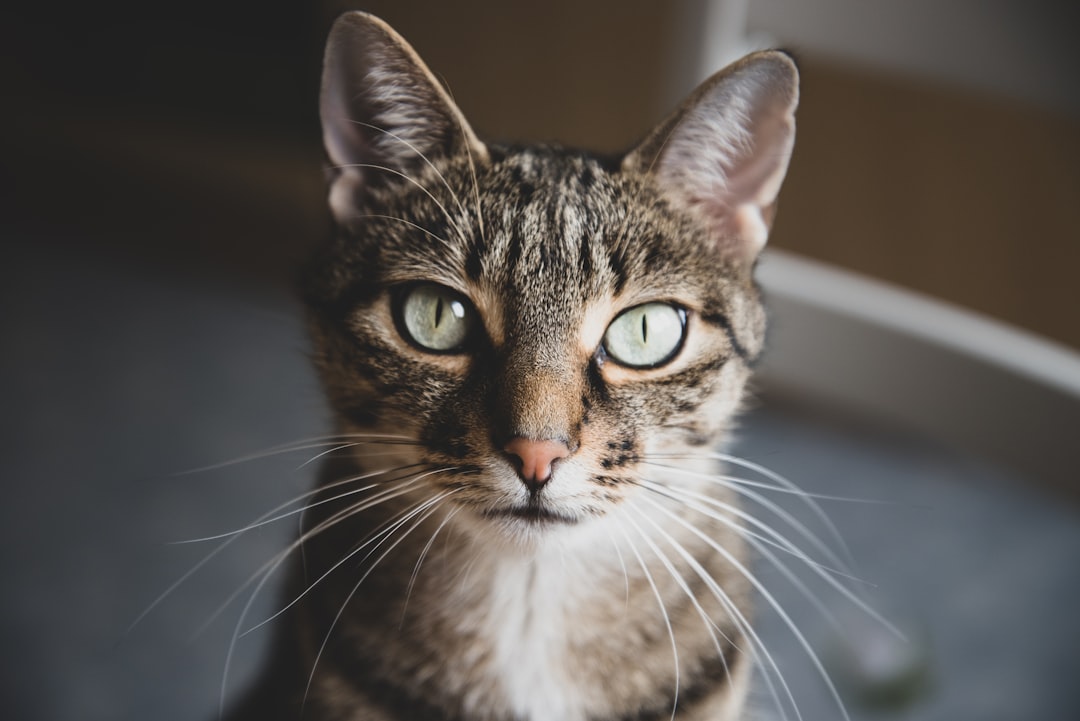
At its core, staring is a natural feline behavior that stems from their instincts. In the wild, cats stare intently to assess their surroundings, monitor prey, or identify potential threats. This behavior has been hardwired into cats through millions of years of evolution, transforming them into the ultimate visual predators we know today.
The origin of this amazing ability goes back to the ancestors of modern cats. As nocturnal hunters, these ancient cats faced the need to move, hunt, and survive in the dark. To adapt to this challenging environment, evolution favored those who could see clearly when sunlight was not present.
Another reason for cats staring is their razor-sharp hunting instinct, meticulously honed through millions of years of evolution. Cats have a binocular field of vision, with a high area of visual overlap between both eyes, a trait shared with many predators. Such a field of vision allows them to properly perceive depth, height, and distance, which are needed to successfully pounce on their prey.
The Anatomy of Feline Vision

Their eyes have significantly more rod cells, which are more sensitive to low light, than humans do. Where cat vision really shines is at night; cats have significantly more rod cells, which can detect light at low levels, than humans do. This remarkable adaptation gives cats a significant advantage in detecting movement and changes in their environment that would be invisible to human eyes.
Cats’ night vision is enhanced by a unique structure in their eyes called the tapetum lucidum, which reflects light and increases visibility in low light conditions. The large number of rod cells in cats’ retinas allows them to detect very faint light, making them excellent nocturnal hunters.
Cats have a wider field of view – about 200 degrees, compared with humans’ 180-degree view. In addition, cats’ elliptical eye shape and larger corneas and tapetum, a layer of tissue that may reflect light back to the retina, help gather more light as well. This expanded field of vision allows cats to monitor their surroundings with remarkable efficiency, often appearing to stare at nothing while actually tracking subtle movements or changes.
Decoding Different Types of Stares
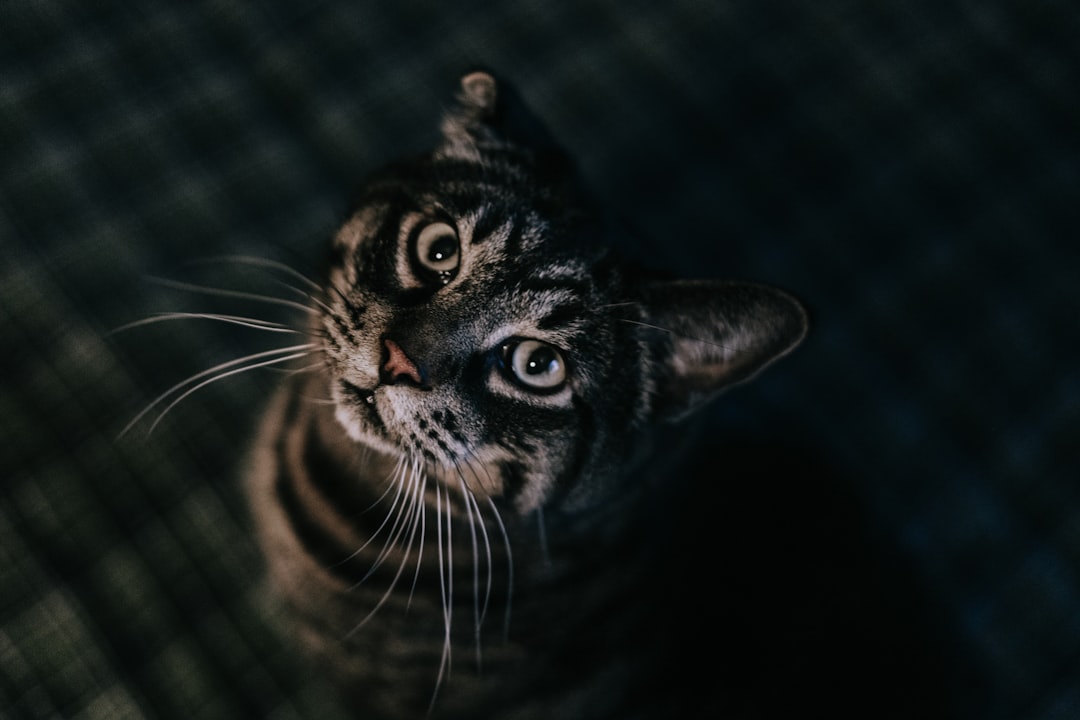
Not all cat stares are created equal, and understanding the subtle differences can help you interpret what your feline friend is trying to communicate. Some cat stares are unfocused, haphazard, or distracted. Others are intense and unblinking like they’re trying to see deep into your soul and are judging you for what they find. It’s this intense stare that many people misinterpret.
Anger or aggression: A hard, flat stare accompanied by dilated pupils, a puffed-up tail, ears laid back on the skull, and a standoffish posture means the cat feels threatened and may attack. Happy and contented: Relaxed body language with a sleepy, half-lidded gaze indicates relaxation and happiness, perhaps accompanied by purring. Fearfulness: A scared cat will stare intently while arching their back, tail held low, and accompanied by unpleasant hissing, spitting, or yowling. Attention-seeking: If your cat comes up to you, puts their paw on you, snuggles up to your lap, or exhibits other attention-seeking behavior while gazing at you, chances are they want something – food or love are the most likely.
The key is to read the entire body language package, not just the eyes themselves. Staring alone isn’t enough to judge a cat’s state. You also need to factor in body language and facial expression, and what’s going on in the world around them.
The Science of the Slow Blink
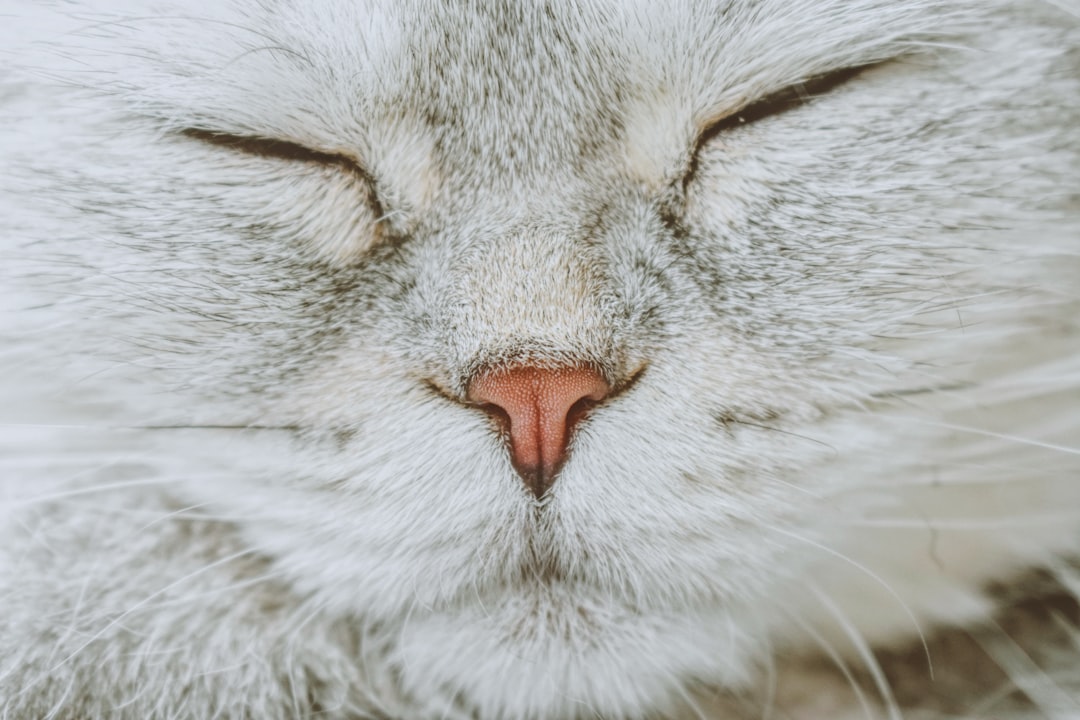
One of the most heartwarming discoveries in recent feline research involves the slow blink, sometimes called a “cat kiss.” The team, led by Dr Tasmin Humphrey and Professor Karen McComb, animal behaviour scientists at the University of Sussex, undertook two experiments. The first revealed that cats are more likely to slow blink at their owners after their owners have slow blinked at them, compared to when they don’t interact at all. The second experiment, this time with a researcher from the psychology team, rather than the owner, found that the cats were more likely to approach the experimenter’s outstretched hand after they’d slow blinked at the cat, compared to when they had adopted a neutral expression. Taken together, the study shows that this slow blinking technique can provide a form of positive communication between cats and humans.
This study examines the communicatory significance of a widely reported cat behaviour that involves eye narrowing, referred to as the slow blink sequence. Slow blink sequences typically involve a series of half-blinks followed by either a prolonged eye narrow or an eye closure. Our first experiment revealed that cat half-blinks and eye narrowing occurred more frequently in response to owners’ slow blink stimuli towards their cats (compared to no owner-cat interaction).
This groundbreaking research has shown that slow blinking isn’t just a cute quirk but an actual form of interspecies communication that can strengthen the bond between cats and humans.
Superhuman Senses Behind the Gaze
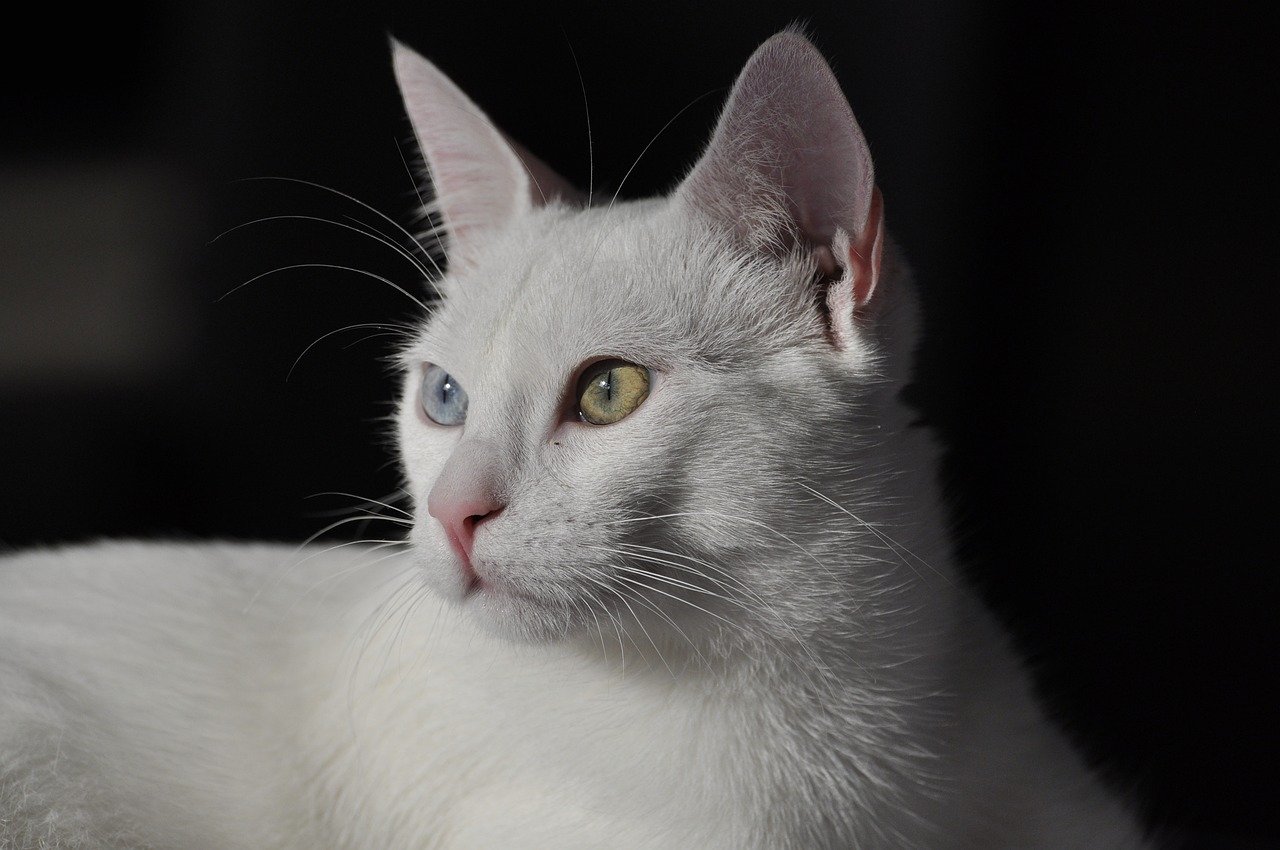
When cats appear to stare at nothing, they’re often detecting stimuli that are completely invisible to human senses. Humans can only hear as high as 20,000 hertz while cats can hear up to 64,000 Hz. Suchak also says that cats can hear at a lower volume. Where humans can hear high and low sounds if they’re loud enough, cats can pick them out at lower decibels.
Their hearing is equally impressive, with the ability to detect frequencies up to 64,000 Hz – nearly triple what humans can hear. This means your cat might be focusing on sounds from within your walls, such as mice or insects, that are completely imperceptible to human ears.
Their eyes are specially designed with a high concentration of rod cells, allowing them to detect even the slightest movements in low-light conditions. Additionally, cats may have some ability to see ultraviolet light, potentially opening up visual information that’s invisible to humans. This means your cat might be staring at fascinating patterns of ultraviolet light reflecting off surfaces that look completely plain to you.
The Predatory Focus Connection
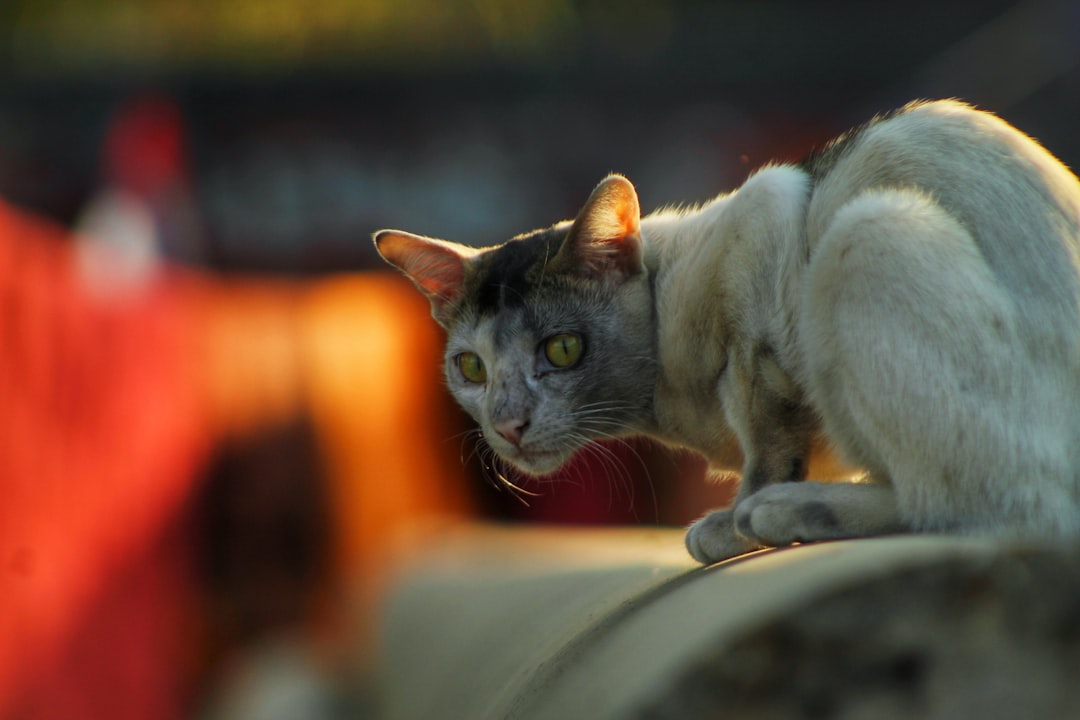
Much of the intense staring behavior we observe in domestic cats stems from their deeply ingrained hunting instincts. This behavior hearkens back to their prey-stalking instinct. Cats are ambush predators, so they don’t immediately charge after their target. “When they detect something that might be prey, they should wait and see before chasing,” Suchak says. “Then once they do chase and it disappears, they should wait it out.” Anyone who’s seen a mouse knows how they silently flash by, so cats have evolved to register these subtle movements, and patiently track that spot when the rodent inevitably ventures out.
Cats will instinctively lock onto their prey while they ambush. However, this is instinctive and many believe that this isn’t staring, but rather just focus involved with a hunt.
Even when domestic cats aren’t actively hunting, this predatory programming remains active. They may stare intensely at dust motes dancing in sunbeams, shadows moving across walls, or barely perceptible movements that trigger their ancient hunting software.
Communication Through Eye Contact
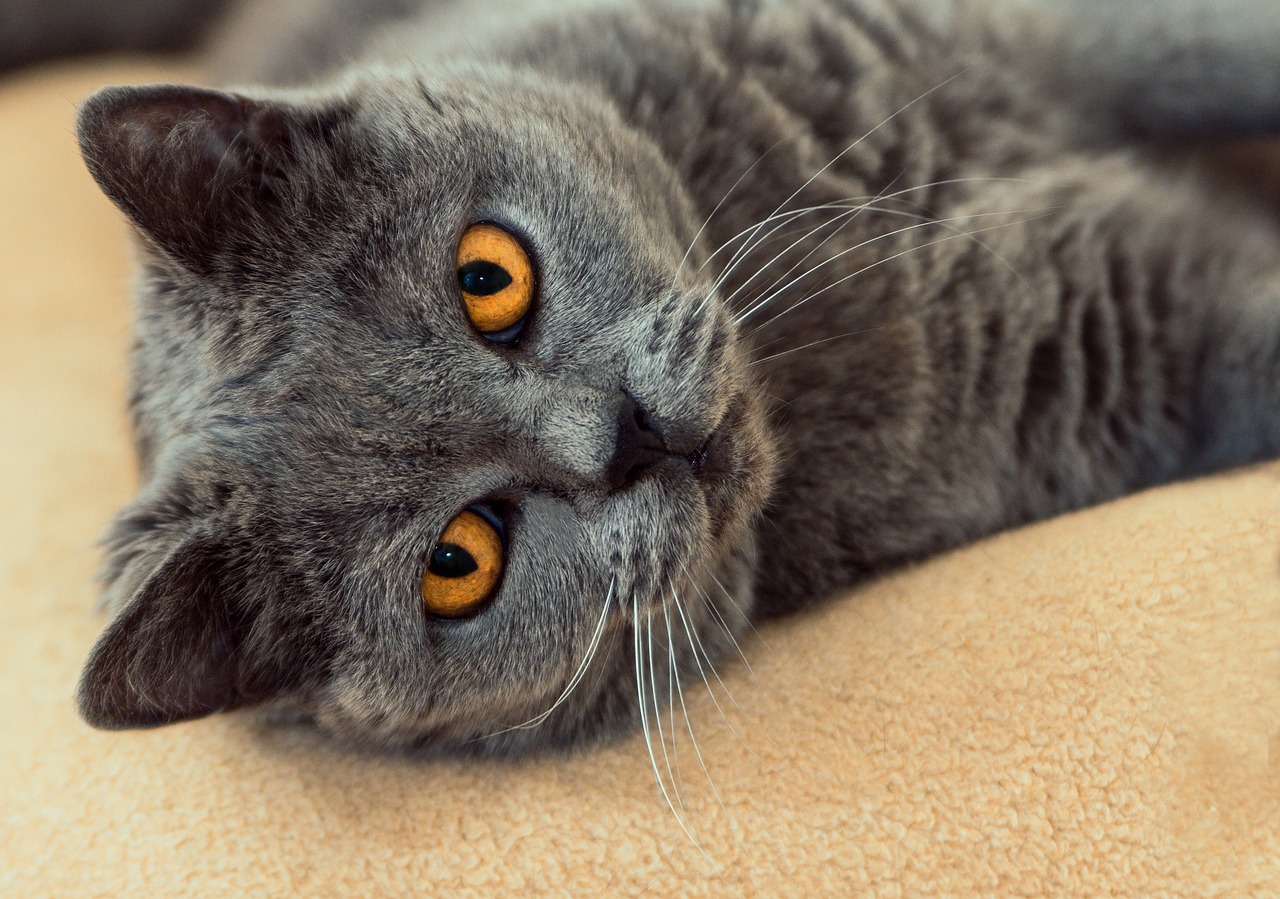
One theory is that cats stare at their humans because they are trying to communicate something. Cats are known for their subtle body language, and staring could be a way for them to convey a message. Another possibility is that cats are simply observing their humans, trying to understand their behavior and motivations.
Cats are smart, and they quickly learn that staring can be an effective way to grab your attention. If your cat stares at you and meows or moves toward something they want, like a toy or their food bowl, they’re likely trying to communicate a need or desire. This behavior is common during mealtime or playtime, as cats often associate their humans with fulfilling these activities.
The intensity and duration of the stare often correlates with the urgency of their message. A brief glance might be casual acknowledgment, while a prolonged, unblinking stare usually means they want something specific and they want it now.
The Mystique of Third Eyelids
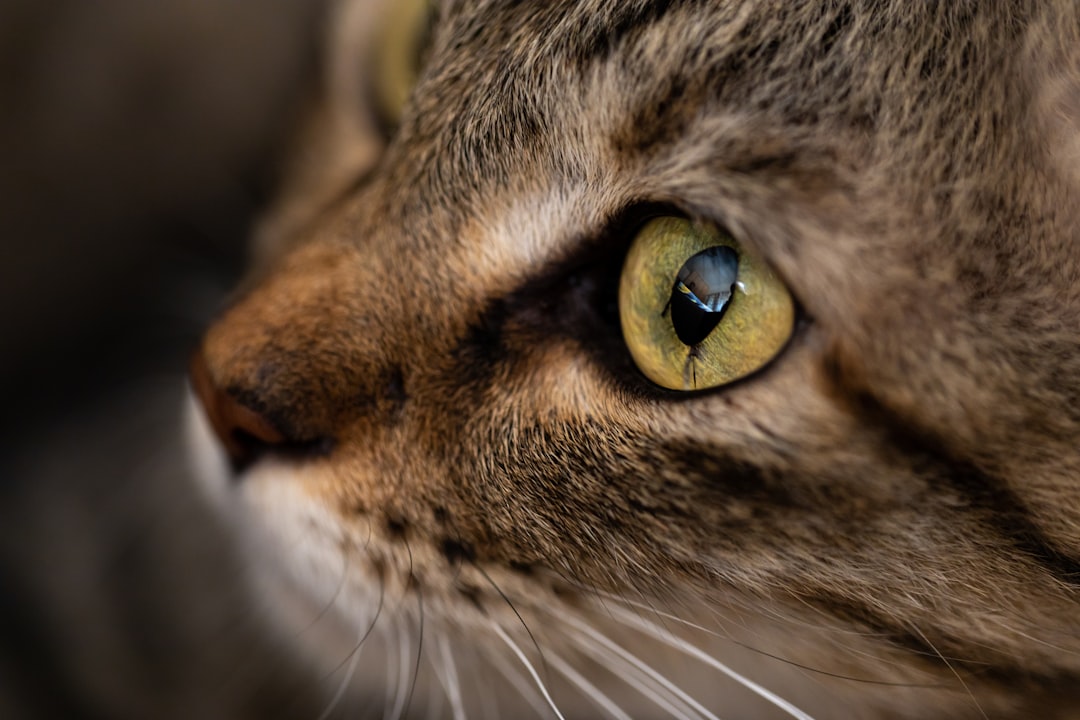
Does it ever seem like your cat can go an abnormally long time without blinking? Well, it turns out your cat’s eyes have three eyelids, which makes their regular blinks less noticeable. Cats’ third eyelids are called nictitating membranes, from the Latin word “nictare,” which means “to blink.” They can extend across the eyeball to provide moisture and an extra layer of protection. You can’t see this happening, so it may appear as if your cat is not blinking at all. However, the nictitating membrane allows your cat to focus on prey, or when they stare at you, to figure out what you’re doing.
This unique anatomical feature allows cats to maintain their intense stare while still protecting and moistening their eyes. It’s part of what makes their gaze seem so hypnotic and unbroken, creating that soul-piercing effect that has captivated humans for millennia.
When Staring Becomes Concerning
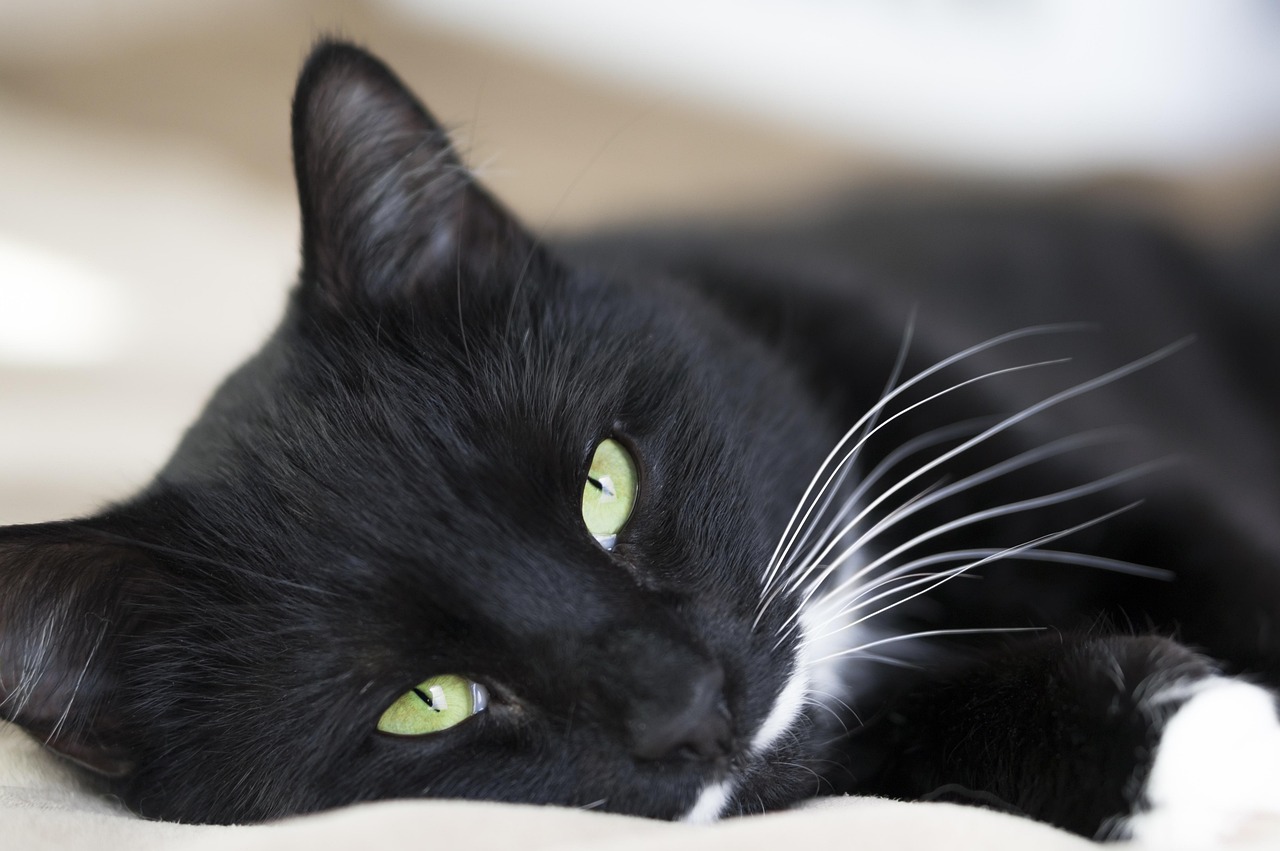
While most staring behavior is perfectly normal, there are times when it might indicate underlying issues. In some cases, a cat’s stare can indicate discomfort or health issues. For example, if their eyes are wide and pupils dilated while they maintain a fixed gaze, it might mean they’re stressed or feeling threatened. Pay attention to other body language cues, such as a tense posture, flattened ears, or a flicking tail, which can signal unease.
Unfortunately, while staring at the ceiling occasionally is normal for most cats, that isn’t always the case. There are medical problems that could result in your cat appearing to stare at the ceiling. Diseases such as those affecting the liver, eyes, and brain could result in abnormal staring at the ceiling or over-extension of the neck so that the head is held up.
Confusion:Senior kitties may stare into space if they’re confused or disoriented. As cats get older, their cognitive functioning declines, which can affect their awareness and sight. If your cat’s staring behavior changes dramatically or is accompanied by other symptoms, it’s worth consulting with a veterinarian.
Building Connection Through Understanding
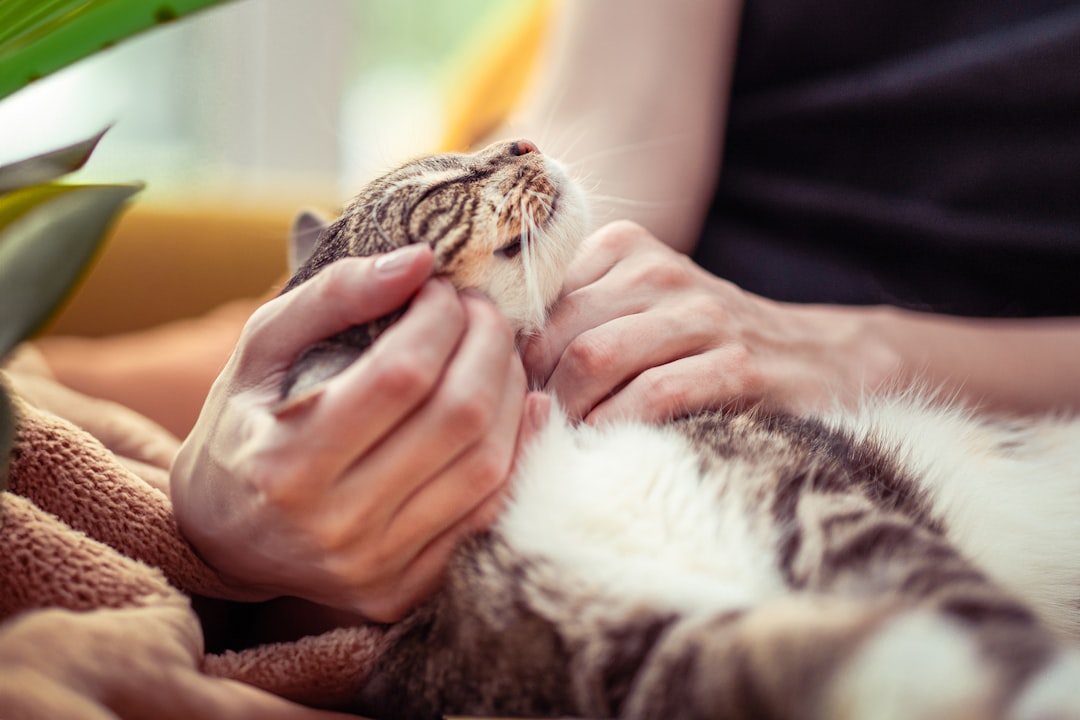
Understanding why cats stare can actually strengthen your relationship with your feline companion. You can build your bond with your cat by mimicking this behavior. Try slowly blinking back at them when they do it – it’s a simple yet powerful way to show that you’re calm, relaxed, and reciprocate their trust. This mutual exchange can deepen your connection and help you better understand your cat’s unique personality.
Professor Karen McComb, from the School of Psychology at the University of Sussex, who supervised the work, said: “As someone who has both studied animal behaviour and is a cat owner, it’s great to be able to show that cats and humans can communicate in this way. It’s something that many cat owners had already suspected, so it’s exciting to have found evidence for it. “This study is the first to experimentally investigate the role of slow blinking in cat–human communication. And it is something you can try yourself with your own cat at home, or with cats you meet in the street. It’s a great way of enhancing the bond you have with cats. Try narrowing your eyes at them as you would in a relaxed smile, followed by closing your eyes for a couple of seconds.
The next time your cat fixes you with that intense, soul-searching stare, remember that you’re witnessing millions of years of evolutionary refinement in action. Whether they’re communicating affection through slow blinks, tracking invisible prey with superhuman senses, or simply trying to tell you it’s dinner time, their stare represents a complex form of interspecies communication that science is only beginning to fully understand.
These silent moments of connection remind us that we share our homes with creatures whose sensory world far exceeds our own, beings who can see ultraviolet patterns, hear sounds we can’t detect, and communicate volumes with nothing more than the subtle movement of their eyelids. What do you think your cat is really trying to tell you during those intense staring sessions?






